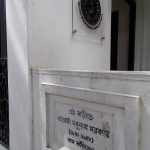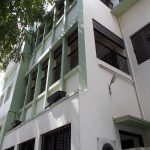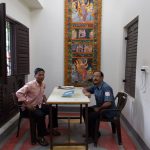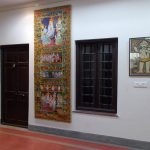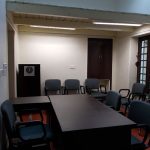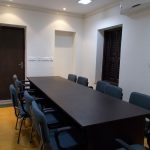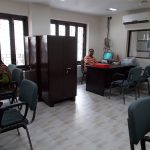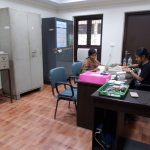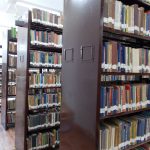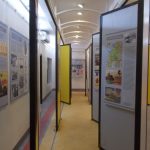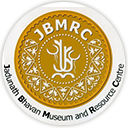
Jadunath Bhavan Museum and Resource Centre
A unit of the Centre for Studies in Social Sciences, Calcutta
Set up with assistance of the Ministry of Culture, Government of India
About
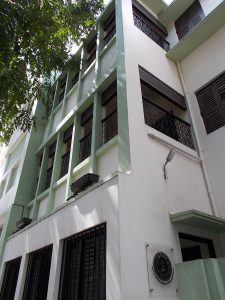
Jadunath Bhavan Museum and Resource Centre
The Jadunath Bhavan Museum and Resource Centre was formally inaugurated in the renovated precincts of the house at 10 Lake Terrace on 1 February 2015. The house was earlier the residence of the historian Jadunath Sarkar (from 1938-1958), and later the place where the Centre for Studies in Social Sciences, Calcutta began in 1973 and had all its offices and units until March 2000. The idea of lending a new lease of life to this building and creating a composite library, archives and display complex came out of a grant received in 2010 from the Ministry of Culture, Government of India, under its ‘Museum Scheme’. It has given the CSSSC a wonderful opportunity to have the premises professionally restored and redesigned, to bring back to the house a semblance of its former appearance and history, while also equipping it with all the contemporary amenities of a library, archive, documentation centre, office, conference and exhibition space. It has brought together under one roof the Centre’s special collection of rare books, journals, newspapers and photographs as well as its large analogue and digital archive of textual and visual material from 19th and 20th century Bengal and eastern India. The renovated building provides some much-needed space for the expansion of these print and digital resources and acquisition of new holdings, and functions as a cultural and historical resource in the centre of the city, with new kinds of academic and public outreach programmes.

Entrance plaque
The notion of a ‘museum’ is conceived differently for a space like this. The plan of the museum here includes
- Displays on the life and works of Jadunath Sarkar in his study and on the many scholars and litterateurs – such as Hitesranjan Sanyal, Barun De, Debiprasad Chattopadhyay, Edward Dimock, Arun Kumar Dasgupta, Buddhadeva Bose, Naresh Guha or Sumanta Banerjee - whose books, papers and occasionally photographs have been donated to the institution.
- Exhibitions using the Centre’s archival resources of old periodicals, newspapers, photographs, paintings, prints, posters, advertisements and commercial art, gleaned from disappearing institutional and private holdings.
- Invitation to scholars, artists and curators to build on the Centre’s archival material and conceive of special research projects and exhibitions in this space.
